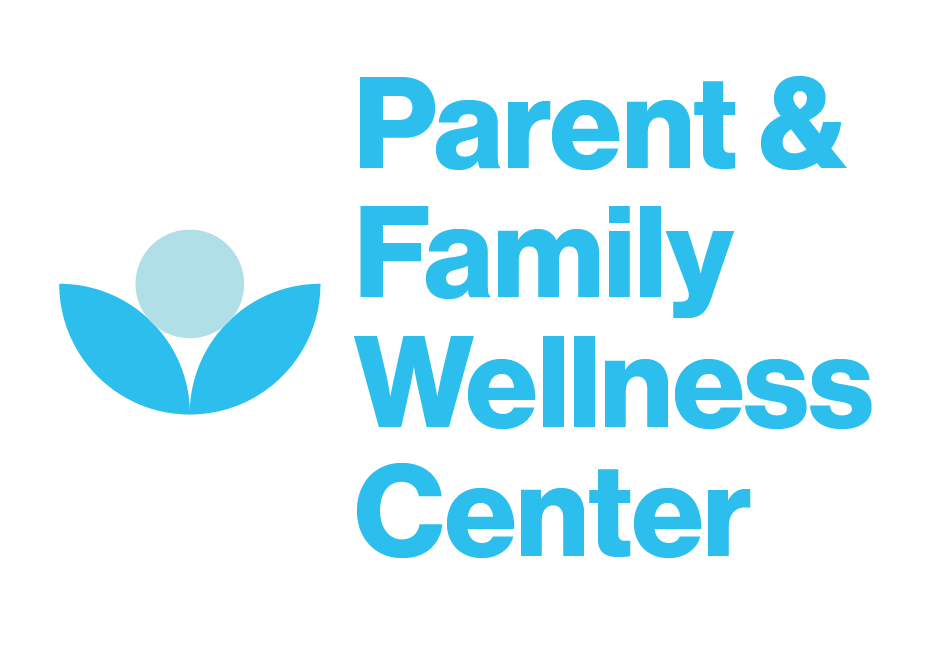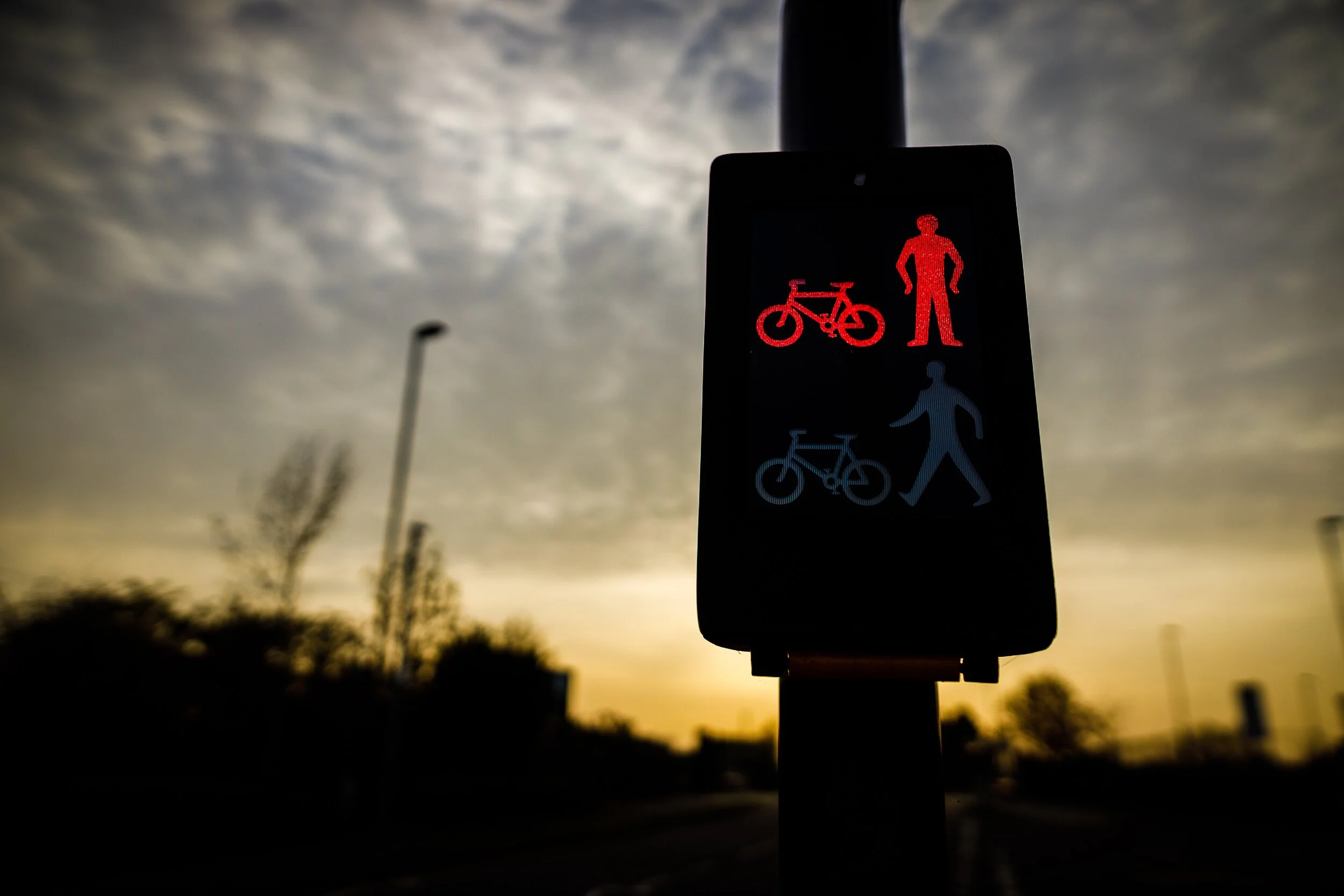Healthy Moms Have Healthy Boundaries
We are all told we need them, but how many of us really have them? And what is a boundary anyway?
These questions are pretty much everywhere right now. We emerge from a pandemic in which work/life/family/self have all kind of blurred into one big ball of chaos. Our typical self-care practices went out the window with the closing of yoga and fitness studios, gyms, nail salons, restaurants, movie theaters, massage studios, community centers, day care, and school, and suddenly we have all just been, well, boundary-less. It’s not a good feeling. And it’s not good for our mental health.
We need to refocus on creating the kind of boundaries that allow us to sustain mental and physical health. It’s a good time to do it. So many of us are asking ourselves who we want to be as we come back out into a world that has proven itself to be unpredictable and risky. We are ready to be healthy. We are ready to be brave.
But where to start? Are you struggling with wondering what a boundary is? Welcome to the party.
Let’s muddle through this together.
Here is what a boundary is not:
A boundary is not a barrier. A boundary is not meant as a way to separate yourself from others. A boundary is not a punishment or a way of getting back at someone who you are hurt by or angry with. A boundary is not a withholding of self. A boundary is not selfish.
And here is what a boundary is:
A boundary is a proactive way to show up as your most true and authentic self. A boundary is in service of the whole community. A boundary is an act of generosity as it helps to protect others from the part of yourself that is destructive and reactive. A boundary is a way to create the space that you need to be healthy and well. A boundary is self-full in a way that supports you to have what you need to give back to the world your greatest, most creative, most generous self.
But here is what I want to yell from the top of the treetops. As human beings, it is our responsibility to learn what we each need to be mentally and physically well. Once we know what those things are, it is our job to ask for what we need. It is our job to say “no” to the things that get in the way of that health and wellness. It is our job to advocate for ourselves. It is NOT our job to manage the thoughts and feelings of others when it comes to these needs, requests, and boundaries. It is NOT our job to convince others that our boundaries make sense and are justified. It is NOT our job to make sure that others accept the boundaries that we set. These efforts are destined to fail anyway.
So, if you are in a place of feeling boundary-less and are wanting to start setting some important boundaries that will lead to your health and wellness, now is the time. And we are here to cheer you on.
What three things do you know that you need to be mentally well? Sleep? Good food? Time with friends? Time outside? Time to yourself? Time with your partner? Exercise? Time to write or draw or sing or dance? Whatever it is, make it a non-negotiable and a priority. Ask for what you need to make these things happen. Protect your time with requests and a willingness to say “no” when necessary.
What people in your life support your health and wellness? Are there people who do not? Try protecting your health by saying “no” and limiting your time with those folks who are not able to respect, value, and advocate for your best self.
Do you know the difference between giving from a place of “should” and becoming depleted and giving from a place of “want” and feeling energized? Learn the difference. Setting boundaries here is important. At what point does giving to others jeopardize your own health?
Healthy moms have healthy boundaries. Healthy dads have healthy boundaries. Healthy children have healthy boundaries (and guess what? they learn from you!). Healthy families have healthy boundaries. Now’s the time.

